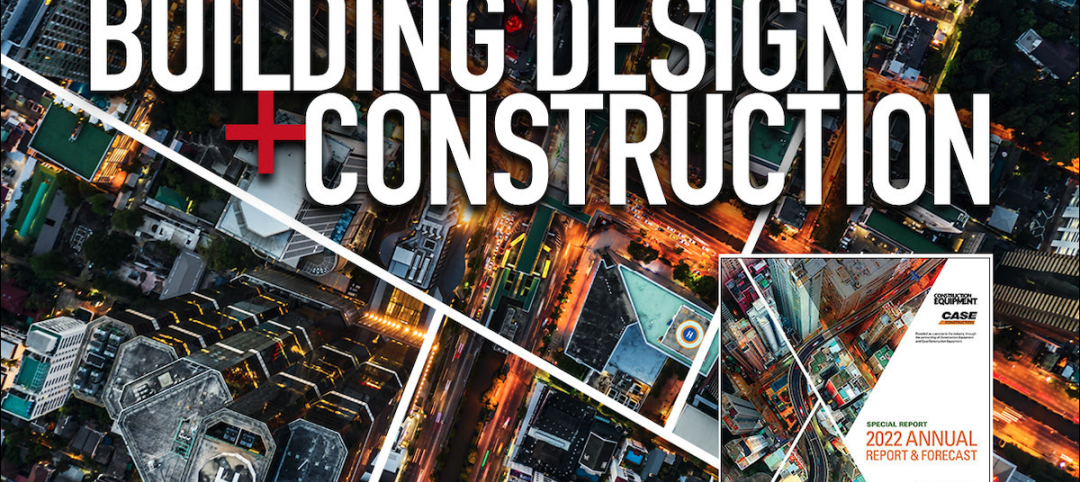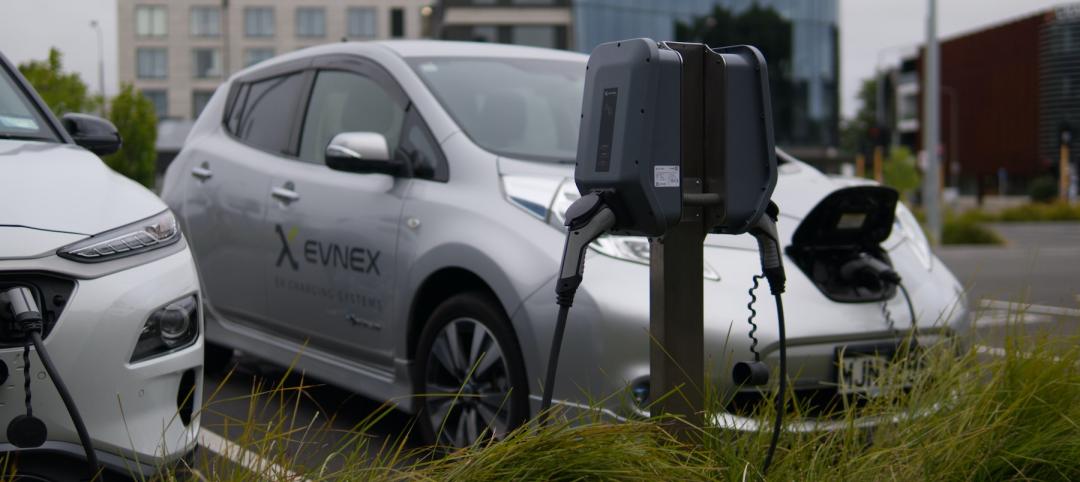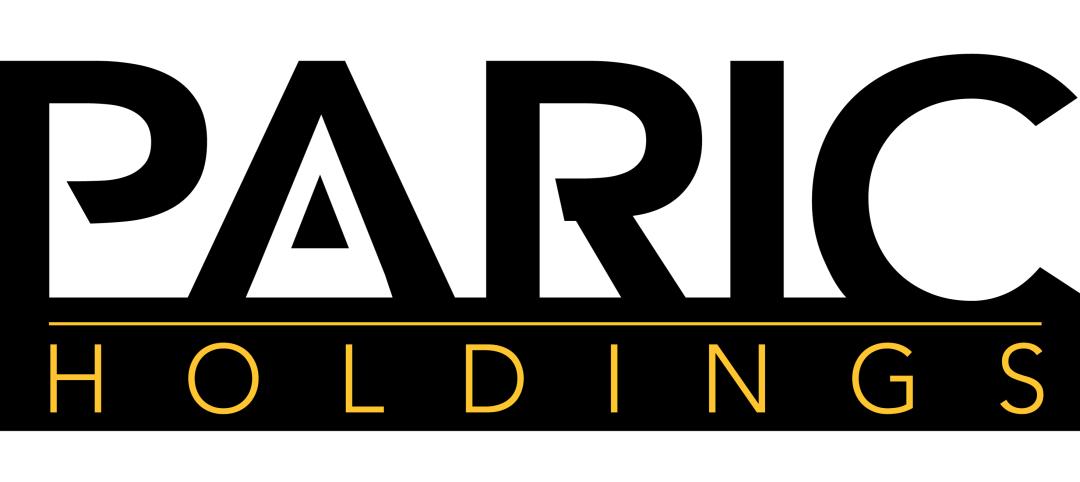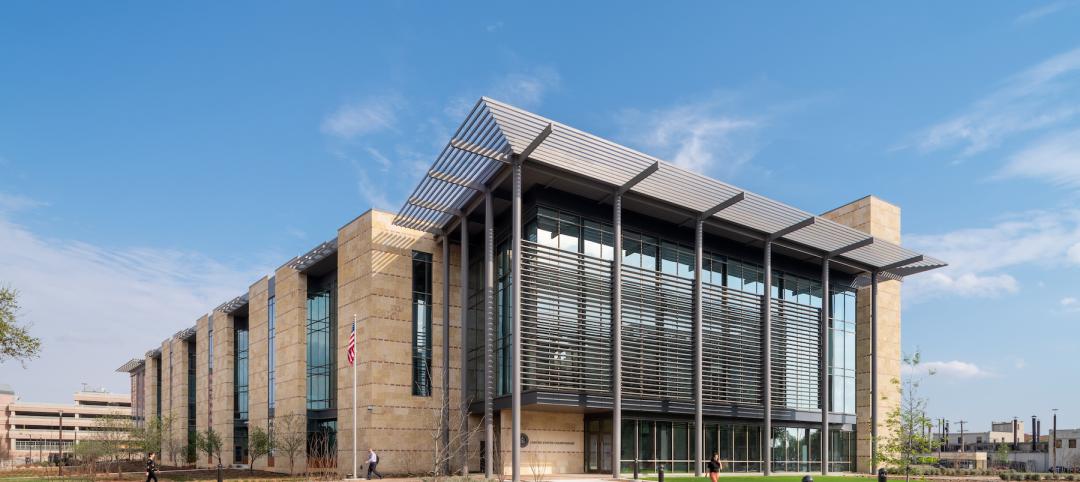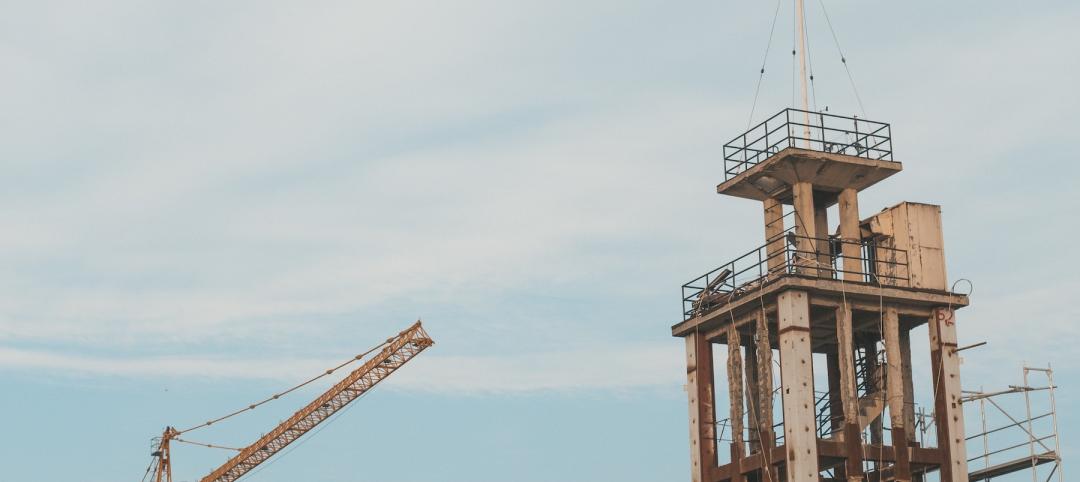More than half of contractors say their methods of collecting and analyzing data from their jobsites need to get better over the next three years, in part for their companies to use these data to predict employee and project performance.
That’s a key finding in a new 40-page SmartMarket report that Viewpoint and Dodge Data & Analytics have released, entitled
“Improving Performance with Project Data.”
The report is based on an online survey conducted from August 14, 2017, through September 12, 2018. The survey used Dodge’s Contractor Panel and contacts provided by Viewpoint. Of its 187 respondents, 98 were GCs, 47 specialty trade contractors, 28 construction managers, nine design-build firms, and four design-contracting firms. Thirty-seven percent of respondent companies generate revenues between $50 million and $250 million.
The research focused on five key types of data: project progress, manhours, productivity, safety, and equipment management.
Respondents were asked how they gather, store, manage, secure, analyze, and report on each of these types of data. Key trends include a rapid shift away from paper-based forms, reports, and spreadsheets to digital tools and platforms, some that leverage cloud technology; increasing use of apps on mobile phones and digital cameras in the field; the desire for more accurate field data that enables trends analysis across projects; and a focus on data security.
More than three-fifths of the contractors surveyed say they’ve seen improvements in their data gathering and analysis capabilities over the past three years. That’s especially true among larger companies. By far, the most important project data being gathered is performance information such as scheduling and costs, followed by payroll and manhour data.
The top-three benefits from data analysis, say contractors polled, are improving their ability to complete projects at or under budget (53%), greater productivity (47%), and greater profitability (46%).
However, more than half of the respondents (54%) admitted that they need to improve how they gather jobsite information over the next three years. And 45% think their ability to analyze trends across projects must get sharper, too, as well as their ability to gather current data from the field.
Relying on physical records, like paper forms, for data collection is steadily giving way among contractors to custom-designed or commercial software, a trend that is likely to be more prevalent over the next three years. Nearly three-quarters of respondents say they were satisfied with using software as a way to collect data.
Most pros (65% of the ones polled) still store their digital information in on-premise servers. But 37% have turned to third-party cloud providers, such as Amazon, to host their field information. The benefits of using the cloud are manifold, the most prominent being the ability to access data from the field while working in the office or remote locations, and vice versa.
Well over half of the contractors surveyed deploy mobile phone apps and cameras to collect and send data from the field. Expect that wave of data to rise, as drones, sensors, and wearables gain more traction as jobsite tools. However, contractors are also acutely aware of how their use of devices presents security risks. That explains why 86% of contractors say they are using anti-malware software, 78% are using enterprise-grade firewalls, and 56% have imposed policies for managing the use of mobile devices.
a plan to gather data
More than one-fifth of contractors surveyed have had experience with predictive analysis of data and business intelligence. That compares with just 7% for artificial intelligence and 6% for machine learning. The largest group of respondents noted they are aware of and understand the concepts of each of these emerging technologies but have not implemented them in their own organizations—39% for predictive analysis, 47% for artificial intelligence, and 33% for machine learning.
But it is clear that technology is advancing faster than the AEC industry’s ability to assimilate it. The report’s authors offer a multi-step process to structure a company’s data collection, analysis, and reporting.
• Determine what aspects of project delivery would benefit most from better information to guide your data strategy.
• Identify which types of field data will best-enable the proper analysis to generate critical decision-support information. And think about the minimum level of completeness, accuracy, and timeliness required for each type.
• Develop a focused technology and plan for collection and analysis that incorporates the specific data needed and types of analysis required, as well as financial and human capital investments, the time frames for implementation, clear roles of responsibility, and measurable goals for success.
The report includes two case studies—how Leander Construction is using the cloud to enhance productivity; and how W. Soule & Co. is using data to build better—as well as a Q&A with Jit Kee Chin, Suffolk Construction’s Chief Data Officer. Chin laments that what’s keeping AI from becoming a more efficient construction tool is the lack of useful data. Her viewpoint may explain why she sees “great potential” in automated monitoring.
Related Stories
Designers | Oct 19, 2022
Architecture Billings Index moderates but remains healthy
For the twentieth consecutive month architecture firms reported increasing demand for design services in September, according to a new report today from The American Institute of Architects (AIA).
Building Team | Oct 18, 2022
Brasfield & Gorrie chairman’s home vandalized by anti-development activists
Activists vandalized the home and vehicles of Miller Gorrie, chairman of Birmingham-based Brasfield & Gorrie, in protest of a planned $90 million, 85-acre police, fire and public safety training center in Atlanta.
Mixed-Use | Oct 18, 2022
Mixed-use San Diego tower inspired by coastal experience and luxury travel
The new 525 Olive mixed use San Diego tower was inspired by the coastal experience and luxury travel.
University Buildings | Oct 18, 2022
A carbon-neutral-ready university campus opens in Hong Kong
In early September, the Hong Kong University of Science and Technology (HKUST) officially opened its new, KPF-designed campus in Nansha, Guangzhou (GZ).
Market Data | Oct 17, 2022
Calling all AEC professionals! BD+C editors need your expertise for our 2023 market forecast survey
The BD+C editorial team needs your help with an important research project. We are conducting research to understand the current state of the U.S. design and construction industry.
Codes and Standards | Oct 17, 2022
Ambitious state EV adoption goals put pressure on multifamily owners to provide chargers
California’s recently announced ban on the sale of new gas-powered vehicles starting in 2035—and New York’s recent decision to follow suit—are putting pressure on multifamily property owners to install charging stations for tenants.
Contractors | Oct 17, 2022
Interior Investments, LLC, joins PARIC Holdings family of companies
PARIC Holdings announced that Interior Investments, LLC, has joined the PARIC Holdings family of companies. This strategic collaboration will leverage the strengths and expertise of each organization to deliver a comprehensive suite of turnkey services to best support their customers.
Justice Facilities | Oct 17, 2022
San Antonio’s new courthouse aims to provide safety and security while also welcoming the public
The San Antonio Federal Courthouse, which opened earlier this year, replaces a courthouse that had been constructed as a pavilion for the 1968 World’s Fair.
Market Data | Oct 14, 2022
ABC’s Construction Backlog Indicator Jumps in September; Contractor Confidence Remains Steady
Associated Builders and Contractors reports today that its Construction Backlog Indicator increased to 9.0 months in September, according to an ABC member survey conducted Sept. 20 to Oct. 5.
| Oct 13, 2022
Boston’s proposed net-zero emissions code has developers concerned
Developers have raised serious concerns over a proposed new energy code by the City of Boston that would require newly constructed buildings over 20,000 sf to immediately hit net-zero emissions goals.







